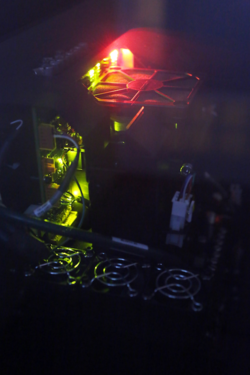Différences entre les versions de « Objectifs de recherche »
Aller à la navigation
Aller à la recherche
(Page créée avec « Objectifs de recherche ») |
|||
| Ligne 1 : | Ligne 1 : | ||
| − | + | {| | |
| + | |- | ||
| + | | [[File:3Dprinting.png|250px|sans_cadre|]] || || ||'''SPIRITS is innovative''' with respect to the medical context: interventional radiology and the overall field of hybrid image-guided surgery is an innovative field of surgery, in strong development, with opportunities for the development of new industrial key players. | ||
| + | |||
| + | '''SPIRITS innovation also comes from''' the developed solutions, based on the '''applied research conducted by the partners''': | ||
| + | |||
| + | * 3D printing with the development of metallic printed parts, combined with existing multimaterial polymer printed elements. Lightweight devices can be foreseen for robots installed on a patient and easy to manipulate. | ||
| + | * Hydraulic actuation for ensuring small size mechatronic solutions, with easy control with respect to other non-fluidic actuation. | ||
| + | * Sensory substitution or augmentation with tactile feedback, by developing a tactile transducer based on dieleectric electroactive polymers (DEAP). | ||
| + | * Smart needle design and fabrication using in particular optical sensing technologies. | ||
| + | |} | ||




